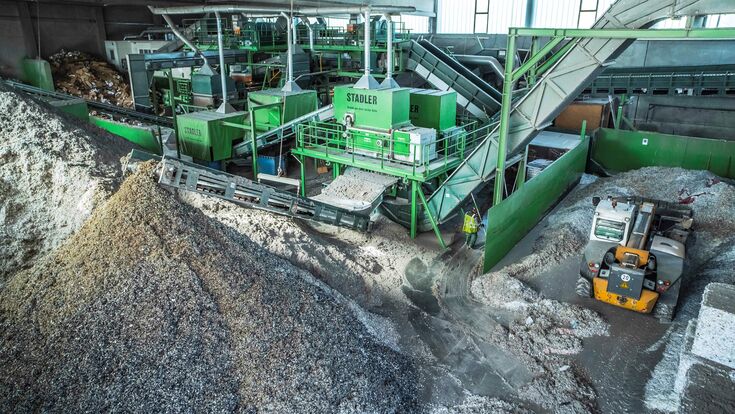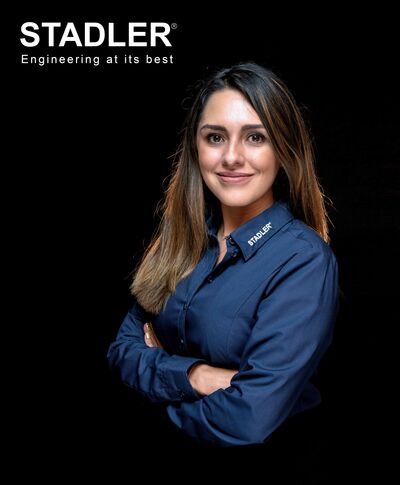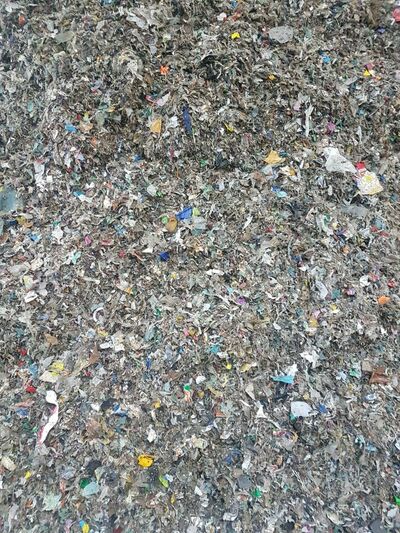RDF : Refuse Derived Fuel for the cement industry: the sorting challenge

Refuse Derived Fuel (RDF) and the more refined Solid Recovered Fuel (SRF) are produced from MSW after recyclable materials have been removed. It is a renewable fuel, easy to transport and store, with a high calorific value, stable combustion, low secondary pollution, and low carbon emissions. As the cement industry moves towards decarbonization, driven by legislation and greater environmental awareness among the public, it has turned to RDF as an alternative to fossil fuels. RDF also has the environmental advantage of redirecting the unrecyclable materials from MSW away from landfill, reducing greenhouse gas emissions, and conserving landfill space.

Quality requirements of the cement industry
While RDF is a suitable alternative to fossil fuels in cement kilns, it needs to be of consistently high quality. “The most important requirement for the cement industry is a homogeneous material with a specific granulometry, without impurities such as PVC or metal, and a specific humidity,” explains Natalya Duarte, STADLER Sales Manager for Mexico & Central America. “High-quality RDF or SRF delivers constant calorific power and has limited chlorine content, which is important for the good operation of the kiln and means that less maintenance is required.”
As end-users increasingly demand higher quality, RDF is becoming more refined and the distinction between RDF and SRF is becoming blurred. Also, the process to produce RDF will have to become increasingly sophisticated in order to meet these high standards:
“In the European Union, legislation is driving a shift away from waste incineration in favour of recycling,” says Wolfgang Köser, STADLER Sales Director for Germany, Austria and Switzerland. “We can expect that, as aconsequence, chemical recycling will be increasingly used in the future, reducing the amount of good quality input material for the RDF channel.”

The challenge is to achieve the high quality demanded by cement kilns from the very heterogeneous materials left in the MSW stream after the removal of recyclables. This requires a complex treatment process. STADLER has designed and commissioned numerous RDF plants in Europe and Latin America since 2005, tailoring the sorting system to each customer’s situation, developing techniques and processes to ensure their specific quality requirements are met with their input material stream.
The process begins with pre-shredding the material into smaller pieces, which are separated by size using screening technology. The impurities are eliminated with ballistic separation and Near-Infrared (NIR) technology. Ferrous and non-ferrous metals are sorted with overbelt magnets and eddy current separators. The resulting high-quality material is shredded again to the size required by the cement manufacturer. In order to supply the requisite quantities of refuse derived fuel for cement production at all times, we have integrated a spacious intermediate hopper with a powerful automatic crane into the system.
Addressing the sorting challenge with mechanical separation
The sorting process has evolved over the years: “In the past, the quality of the RDF was controlled by combining different materials at the feed, followed by screening and the removal of metals. Now NIR technology plays an important role,” says Wolfgang Köser. “At STADLER we have continuously reviewed our sorting plant concepts and now it is possible to produce high-quality RDF even from poorer input materials. In each case, we look at their composition in great detail and select the exact combination of machines that produces the RDF that precisely meets the specific quality requirements.”

A partnered approach for RDF sorting plants that stand the test of time
STADLER’s constant search for solutions that meet and anticipate changing customer requirements is not limited to the initial development and installation of a sorting plant: as the RDF industry evolves, it is at the customer’s side, reviewing the design to ensure the facility continues to deliver the desired results over the years. This is the case of the plant it designed and built for Breitsamer Entsorgung Recycling GmbH in 2001, for which it has made updates and conversions over the years.
STADLER’s collaborative approach has been central to the continued success of the facility: “We spend a lot of time testing possible system configurations and individual units in advance. Nevertheless, STADLER’s assessment and optimisation is very important to us in the design process, as they can draw on an immense wealth of experience with regard to possible configurations and units. We also appreciate their willingness to run through various configurations and adapt them several times, if necessary,” says Dr. Wolfgang Niggl, Plant Manager at Breitsamer.
Over the years, as their requirements evolved, Breitsamer turned to STADLER again and again based on “the outstanding personal relationship and the successful collaboration, as well as STADLER’s excellent preliminary planning and expertise. The system has been running with modifications for more than 20 years and has proven to meet our requirements throughout.”
In the latest update project, STADLER has shown once again its ability to understand how the customer’s requirements have changed and provide the solution, as Dr. Wolfgang Niggl explains: “The current configuration has the flexibility to adapt to the different requirements of various cement manufacturers, and the quality of the alternative fuels is very good.”

